Chhattrapati Sambhaji Nagar
Introduction to Chh. Sambhaji Nagar District
Chhatrapati Sambhajinagar District, formerly known as Aurangabad District, is a prominent region in Maharashtra, India, celebrated for its rich historical and cultural legacy. With landmarks like the Ajanta and Ellora Caves—both UNESCO World Heritage Sites—it has established itself as a key destination for history enthusiasts and travelers seeking a blend of cultural vibrancy and architectural marvels.
Situated in the Godavari River basin, with parts extending into the Tapi River basin, the district is marked by diverse topography and a largely rural landscape. The region is defined by its rivers, limited forest cover, and a monsoon-driven climate. Its central location on the map of India has made it a historical hub for trade, culture, and administration, serving as a meeting ground for various dynasties and lifestyles.
This region offers a wealth of experiences, from exploring ancient caves and architectural wonders to visiting natural and spiritual sites. Whether you are a history enthusiast, a nature lover, or a spiritual seeker, Chhatrapati Sambhajinagar District promises a memorable journey through time and culture.
The Rich History of Chh. Sambhaji Nagar
Chhatrapati Sambhajinagar District, centrally located on the map of India, has been a meeting ground for diverse cultures and lifestyles for centuries. Its strategic location allowed it to serve as a hub for trade, culture, and administration, witnessing the rise and fall of several dynasties over the ages.
The Satavahanas made Pratishthan (modern-day Paithan) their capital, transforming it into a vibrant center of socio-cultural and economic activity in the Deccan. They monopolized the Greek markets with luxury goods, particularly the renowned Paithani silk sarees, spices, and ivory.
Situated along ancient trade routes introduced by the Satavahanas, the region flourished as a key node connecting major land emporiums such as Patliputra, Takshashila, and Avanti with ports and harbors. This connectivity facilitated cultural exchanges and economic growth.
Later, Jain and Brahmanical caves were carved, showcasing the region’s inclusivity and religious diversity. The Ellora Caves stand as a testament to this confluence of faiths, with Buddhist, Jain, and Hindu monuments coexisting harmoniously in one site.
Over time, the district witnessed the rise of dynasties such as the Vakatakas, Chalukyas, Rashtrakutas, and Yadavs, who contributed to its rich cultural and architectural heritage. For fifteen centuries, these rulers shaped the district’s political, economic, and cultural landscape until the advent of Muslim rule in the late 13th century.
In modern history, the district has reclaimed its Maratha heritage by renaming itself in honor of Chhatrapati Sambhaji Maharaj, the valiant son of Chhatrapati Shivaji Maharaj. Once known as Aurangabad, this rechristening symbolizes a revival of the region’s proud history, celebrating its enduring spirit and cultural depth.
Top Attractions in Chh. Sambhaji Nagar
When exploring Chh. Sambhaji Nagar, you’ll find a plethora of attractions that cater to every interest. Here are some must-visit places that are sure to leave you in awe:
Religious Sites
- Grishneshwar Jyotirlinga Temple
This ancient temple, dedicated to Lord Shiva, is one of the 12 Jyotirlingas in India and an important Hindu pilgrimage site. Its intricate carvings and serene atmosphere attract devotees and tourists alike. - Sai Baba Mandir Shirdi
Located near Chh. Sambhaji Nagar, Shirdi is a major religious destination dedicated to Sai Baba. Devotees from around the world visit this town to seek blessings and experience the spiritual aura of the famous Sai Baba Temple.
Forts
- Daulatabad Fort: Known as the “Unconquerable Fort,” this hilltop fortress was once the capital of medieval India. Famous for its ingenious defense systems, the fort offers panoramic views and a glimpse into the military strategies of ancient times.
Natural Wonders
- Lonar Crater Lake
Formed by a meteor impact over 50,000 years ago, this unique lake is a geological wonder. The surrounding forested area is home to diverse flora and fauna, making it a fascinating spot for nature lovers and science enthusiasts. - Jayakwadi Dam
Located on the Godavari River, this dam is a popular spot for relaxation and picnics. The surrounding area also attracts birdwatchers due to the presence of migratory birds.
Caves
- Ajanta Caves: Dating back to the 2nd century BCE, the Ajanta Caves are a UNESCO World Heritage Site known for their stunning Buddhist murals and sculptures. The intricate artwork and serene setting make these caves a testament to ancient Indian artistry and devotion.
- Ellora Caves: Another UNESCO World Heritage Site, the Ellora Caves feature rock-cut temples representing Buddhist, Jain, and Hindu influences. The highlight is the Kailasa Temple, an architectural marvel carved from a single rock, showcasing the cultural and religious harmony of the region.
- Pitalkhora Caves: These ancient rock-cut caves are the oldest in the region and showcase Buddhist architecture and sculptures. The caves are set amidst lush greenery, offering a serene and picturesque setting for exploration.
Other Attractions
- Bibi ka Maqbara: Often referred to as the “Taj of the Deccan,” this Mughal-era mausoleum was built by Azam Shah in memory of his mother, Dilras Banu Begum. It stands as a symbol of love and Mughal architectural brilliance. Surrounded by manicured gardens and fountains, it is a must-visit site for history and architecture enthusiasts.
- Soneri Mahal
This Rajput-style palace, now converted into a museum, houses ancient artifacts, paintings, and historical exhibits. Its golden hues and architecture make it a charming and informative destination.
As you traverse these attractions, remember to take your time. Each site has its unique charm and story to tell. Capture photos, interact with locals, and immerse yourself in the experiences that Chh. Sambhaji Nagar has to offer.
Best Time to Visit
Timing your visit to Chh. Sambhaji Nagar can significantly enhance your experience. The best time to explore this captivating city is during the winter months, from October to February. The weather during this period is pleasant, making it ideal for sightseeing and outdoor activities.
| Month | Weather | Activities/Highlights |
|---|---|---|
| October | Pleasant, moderate temperature | Festive preparations, vibrant decorations, cultural activities |
| November | Cool, pleasant breeze | Sightseeing, outdoor exploration, historical site visits |
| December | Cool and comfortable | Leisurely explorations, enjoying the festive charm and local traditions |
| Winter Months (January and February) |
Cool and comfortable | Ideal for sightseeing, cultural events, and exploring the historical and culinary richness of the city |
Why Chh. Sambhaji Nagar Should Be on Your Travel Bucket List
Chhatrapati Sambhajinagar District remains a lively example of centuries of cultural mixing, toughness, and success. It plays a key role in India’s historical story.
As you map out your next trip, think about putting Chh. Sambhaji Nagar on your travel wish list. This little-known treasure has layers of history, culture, and tastes you can’t experience elsewhere. The friendly locals and the city’s charm will make you feel right at home.
Travel Essentials
Here are the travel essentials one should know
Top Attractions
Discover the beauty and culture of Maharashtra through our curated experiences
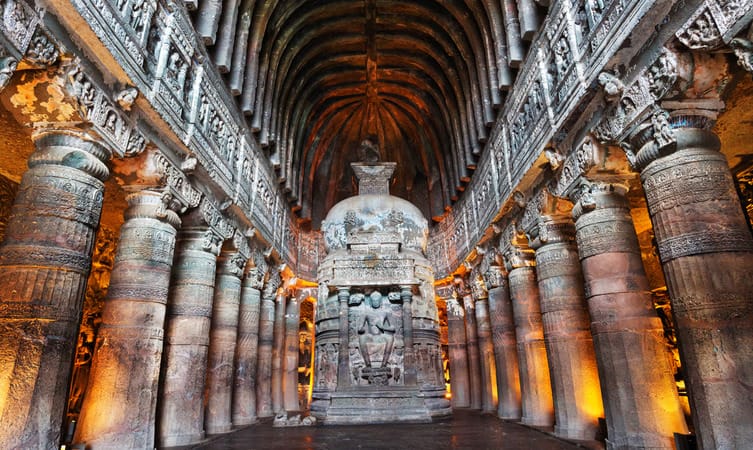
Ajanta Caves
Ancient Buddhist rock-cut caves famous for exquisite frescoes and sculptures, a UNESCO World Heritage Site.
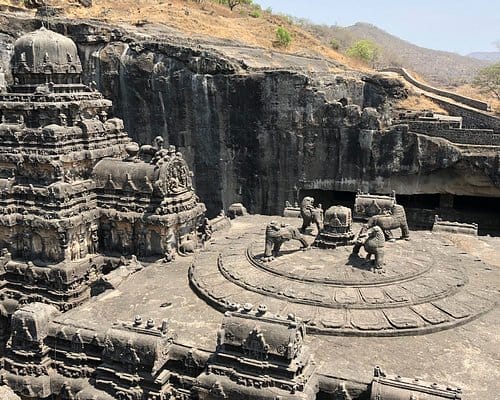
Ellora Caves
A remarkable blend of Buddhist, Hindu, and Jain monuments carved from rock, also a UNESCO World Heritage Site.
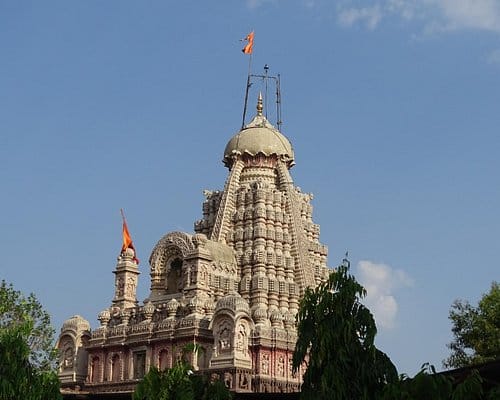
Grishneshwar Temple
One of the revered 12 Jyotirlinga sites, celebrated for its spiritual and architectural significance.
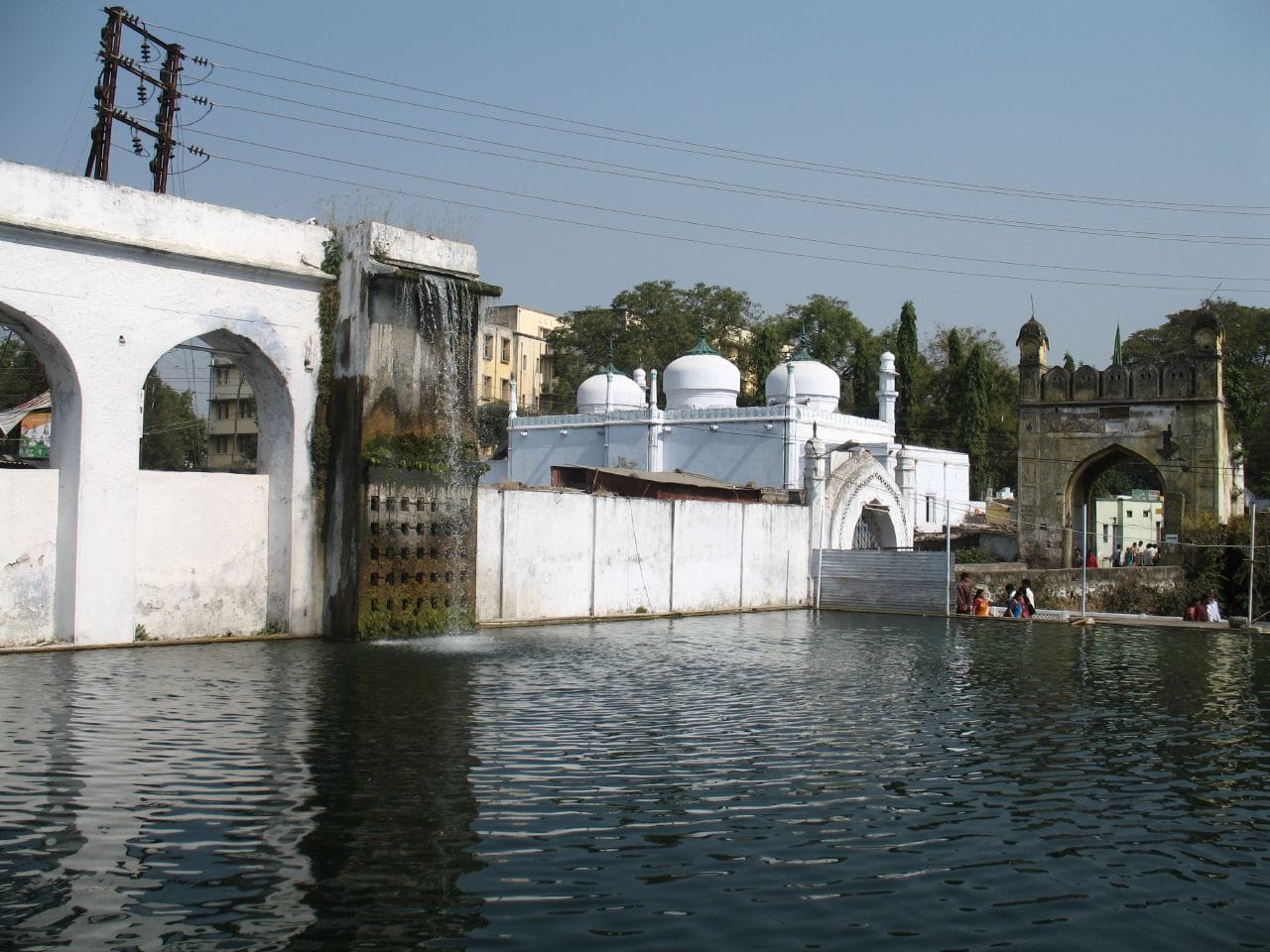
Panchakki
A 17th-century water mill displaying historical engineering skills.
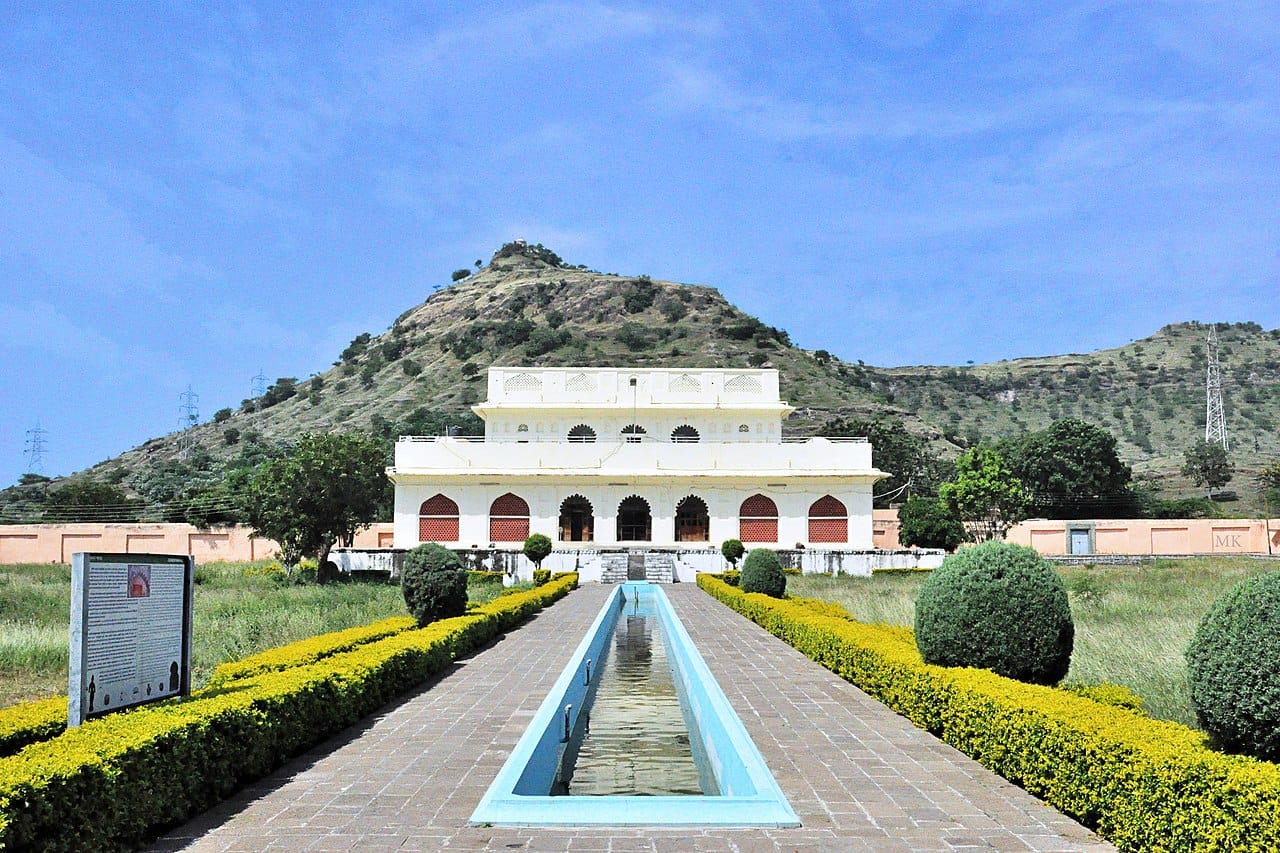
Soneri Mahal
A 17th-century palace famous for its ornate golden paintings.


